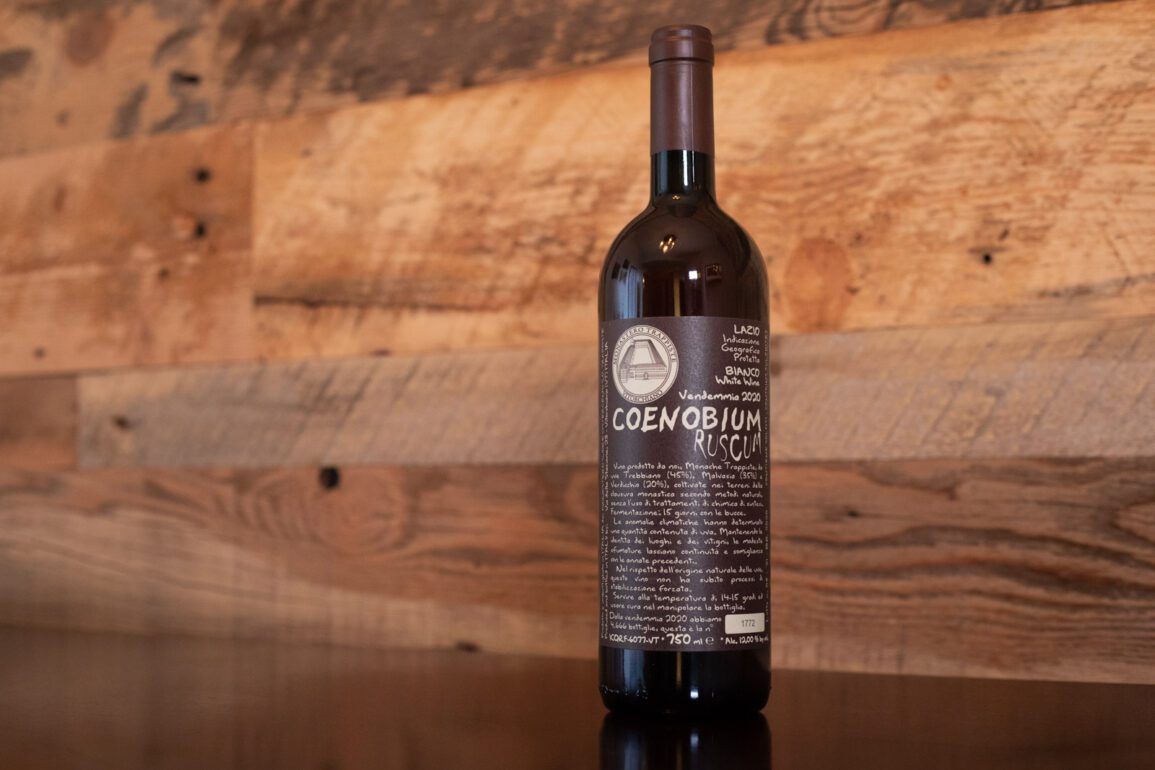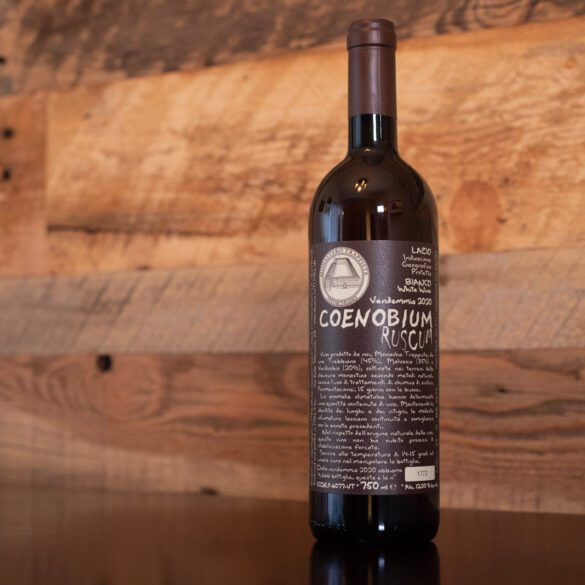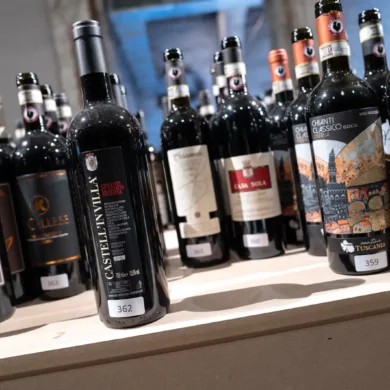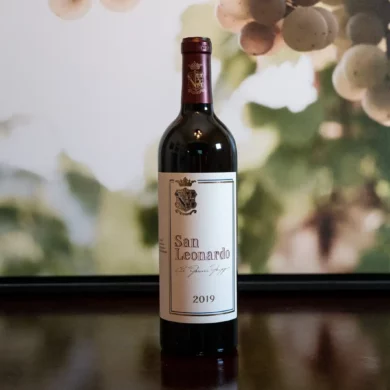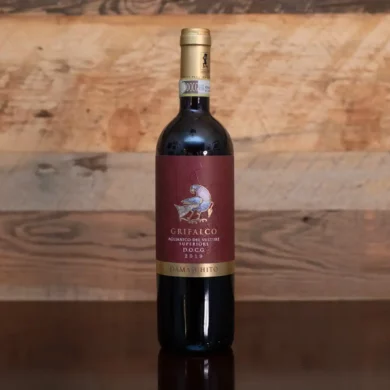Wine hype often finds people who never schemed to generate it. Josko Gravner never sought the spotlight. Neither did Elisabetta Foradori, Steve Matthiasson, Jean Foillard or Raúl Pérez Pereira. Pun intended, it often happens organically, and when it is contrived and ginned-up by a large marketing budget, it often rings as hollow as an empty can of Avaline.
It is one of the weird ironies of modern wine: wine obsessives crave for a throwback to ancient ways yielding ultimate expressions of nature’s fruit, yet we often “discover” it by staring at our goddamn phones.
One can assume that the nuns of Monastero Suore Cistercensi in northwestern Lazio never sought fame for their wine either, but over time, that’s exactly what happened, largely because of the consulting role played by Giampiero Bea, the son of Umbria’s most celebrated minimal interventionalist, Paolo Bea. And no, the Beas aren’t exactly carnival barkers, either. It is just that their straightforward yet highly nuanced approach to winemaking has earned them recognition as one of the most celebrated families in Italian wine.
Perhaps it was the simplicity of the monastic life that drew Giampiero Bea to the monastery in Vitorchiano, Lazio and its winemaking nuns in the early 2000s. I haven’t had the chance to meet him, yet, to ask. But their collaboration has resulted in a trio of wines whose very presence on an Instagram post is guaranteed to generate likes. It is one of the weird ironies of modern wine: wine obsessives crave for a throwback to ancient ways yielding ultimate expressions of nature’s fruit, yet we often “discover” it by staring at our goddamn phones, seeing what everyone else is drinking.
I’ll admit that I am late to the party when it comes to the sisters and their collaboration with Giampiero Bea, but curiosity got the best of me in December when I was poking around my favorite wine shop in Denver. I purchased what is probably the most famous of the three wines, the macerated (i.e. “orange”) blend of Trebbiano, Malvasia di Candia Aromatica and Verdicchio called “Coenobium Ruscum.” A similar blend vinified as a white (“Coenobium”) is also made, as well as a red (“Benedic”) from Ciliegiolo and Sangiovese.
Half a year later I remembered that I had the wine, and opened it on a lovely summer’s evening. Profuse aromas recalling apricot, orange peel, leather, dried hay and violets made a powerful first impression, and the lack of jagged edges on the palate — a problem found too often with this style of macerated wine — made it highly drinkable. This was not a vino da meditazione, nor was it “porch pounder.” It was simply an epic table wine that aimed to please. Ok, I thought. Hype justified.
2020 Monastero Suore Cistercensi “Coenobium Ruscum” Lazio Bianco
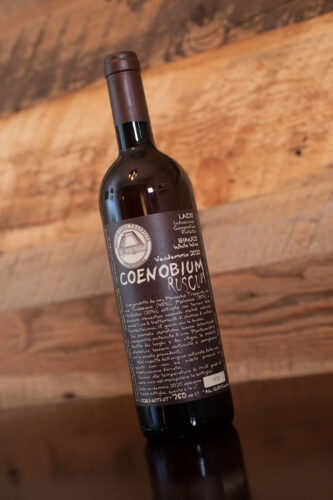 Lazio IGT (Lazio )
Lazio IGT (Lazio )
Grapes: Trebbiano (45%), Malvasia di Candia Aromatica (35%), Verdicchio (20%)
Alcohol: 12%
Opinion: ★★★★★ (out of five)
Food-friendliness: Selective
Value: Very Good
A beginner might like … the head-swelling intensity of its fruity, leathery, botanical aromas. To me, this is what makes macerated white wines worth the effort. If you are going to let the wine soak up the goodness lying within the skins, its because you want something extra. Yet balance cannot be overlooked, and in this wine, the sisters and Giampiero Bea thread that needle perfectly.
A wine obsessive might like … musing on the weirdness of this trio of grapes being blended together. Yes, this is Central Italy writ large, but Trebbiano’s scattershot reputation, Malvasia di Candia Aromatic’s wild aromatic ways, and Verdicchio’s solo act all coming together at once? It works incredibly well.
Note: This wine was purchased with funds raised from paying subscribers like you.

